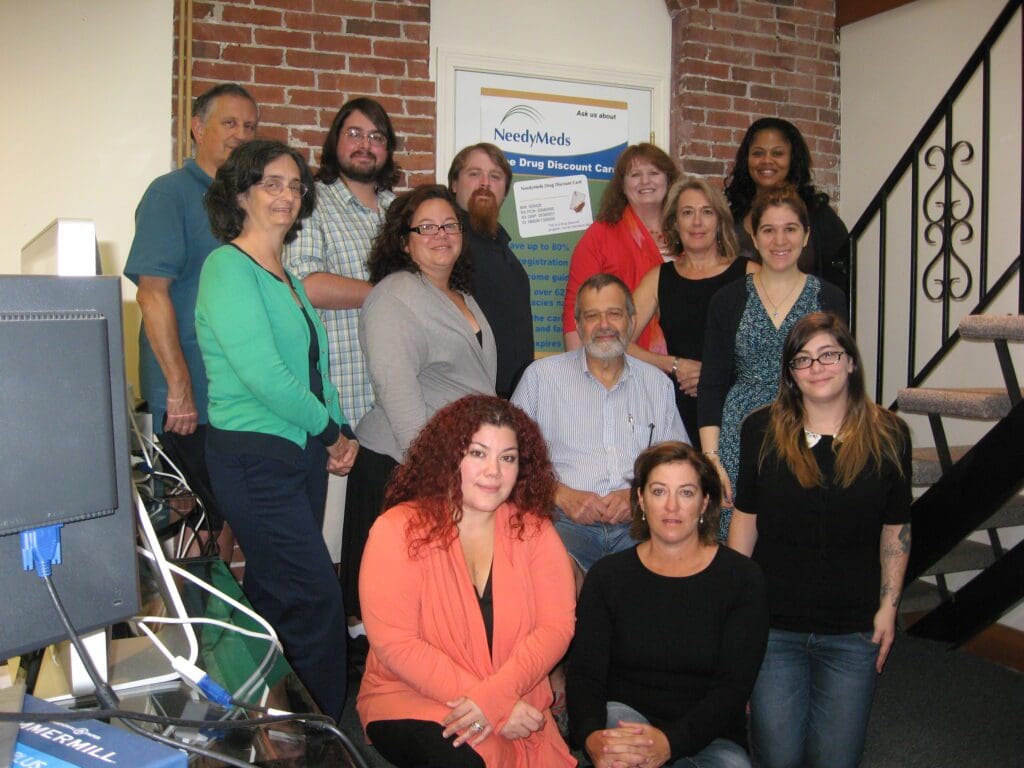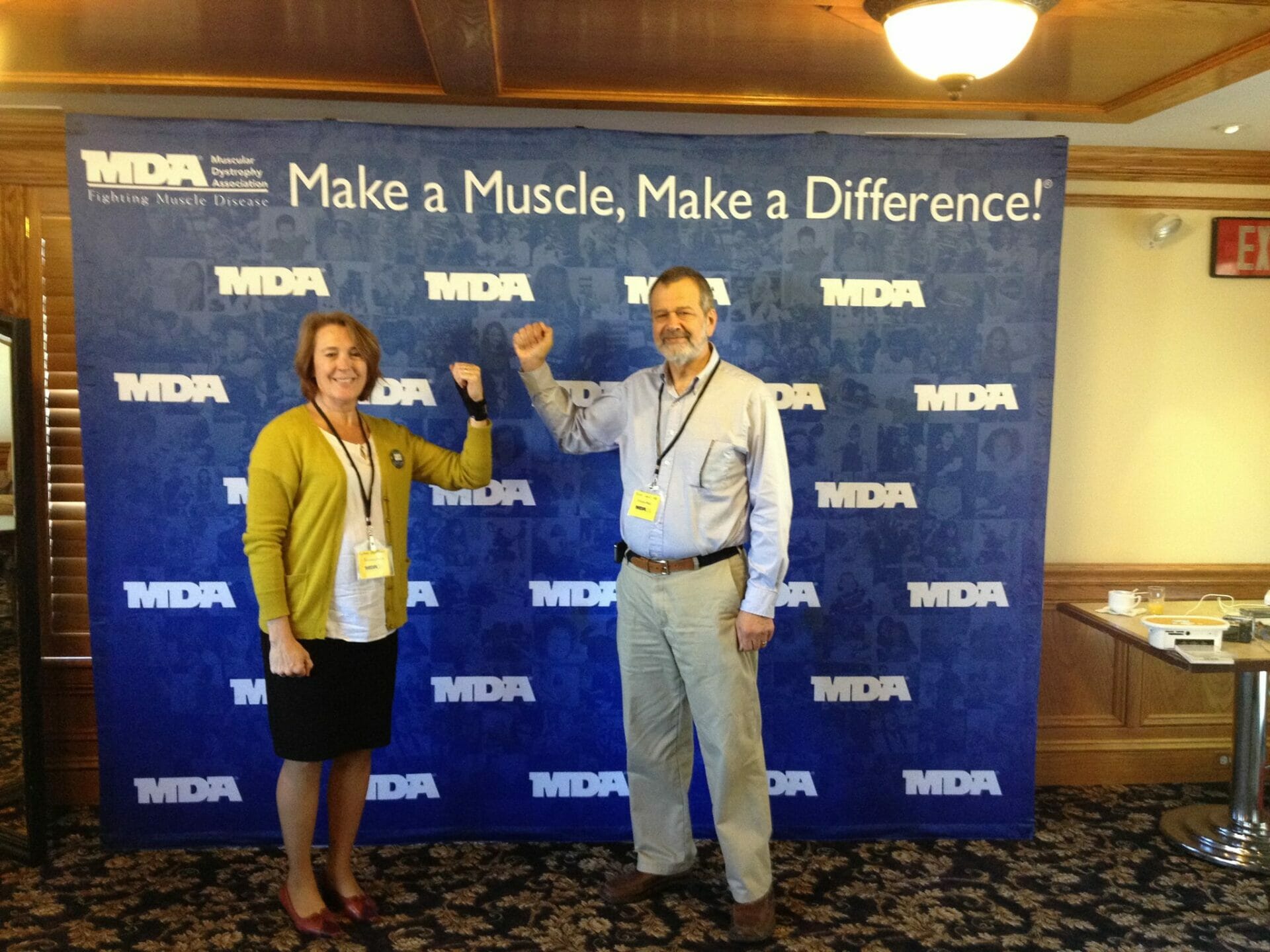Sometimes, rules are made to be broken. Er, maybe just a little bit more flexible.
Don’t get us wrong—we’re not saying to ditch your handbook altogether. But we are saying that there’s value in being able to trust your staff and treat them like adults. Because if you do, you’ll see an unbounded creativity and an innovative approach to old concepts.
For the third article in our nonprofit culture series, we interviewed Rich Sagall—founder of NeedyMeds. NeedyMeds was named one of the NonProfit Times Best Places to Work for 2013. At NeedyMeds, they provide free information on programs that help people who can’t afford medication and health care costs. They’re a small nonprofit organization that operates with a staff of around 18 employees.
———————————
NeedyMeds on Culture:
“I value very highly the workplace culture and atmosphere. I think it’s important for people to enjoy what they’re doing, feel that they’re an important part of the process, that they’re listened to, that they’re respected, they’re trusted… We have high expectations for people.”
“And that’s the atmosphere that I try to foster at NeedyMeds. Everyone is really considered a part of the team. We have high expectations for people. We expect, for example, that everybody, once they get into the swing of things, is going to come up with suggestions.”
1. Trusting Your Staff Goes a Long Way
“What I want them to know is I’m going to trust them 100%. I’m going to trust them to be honest. I’m going to trust them to be truthful. I’m going to trust them to do the work they’re supposed to do. It’s up to them to blow it.”
Rich said he carried out that trust by not putting production quotas on people. He said he doesn’t put a time limit on the calls that come into the call center because he wants his staff to feel like they’re providing the best service possible. Plus, then they’re not stressed out about the quotas that they may or may not reach.
“I’m a big believer that with most people, if you trust them and treat them like adults, they’re going to turn around and act like adults,” he said.
The Takeaway:
It’s easy to feel like you need to coddle your new staff members and enforce the strict rules on them. But as Rich pointed out, when his staff felt trusted, they could take their time to do the job right. It was up to them to violate his trust, but everybody started with a clean slate, he said.
2. Flexibility Gives Staff Room to Get Creative
“We don’t have any scripts [to help callers]. We have points that we need to touch on, of course, but we don’t have any set scripts. I want everyone to come up with their own approach,” Rich said. “I think that it works very well. I find that everybody gives back the way they should, and those that aren’t don’t stay.”
The Takeaway:
Some organizations get caught up in the minor details and forget the mission. But when you give your staff the creativity to think in a different way, you’d be surprised at the new ideas that could surface.
One of the biggest traps with nonprofit organizations is to fall into the “we’ve always done it this way,” syndrome. Just because your organization has always done something a certain way doesn’t mean it’s the right way. It could be, but giving your staff flexibility gives them a chance to figure out if it’s the right way. Who knows—they might come up with something even more innovative and awesome.
3. Find People with the Same Fire and Passion
“Usually I find, having been an employer for many decades now in various ways, that it’s pretty easy to filter out the people that just aren’t going to fit in,” Rich said.
“We want people who don’t say ‘Oh, sh*t. I got to go to work today.”
The Takeaway:
Too many nonprofits think they have to take whoever volunteers for a job. But that’s not the case. Just because somebody has the credentials on paper doesn’t mean they have the fire and passion to do what’s right in your organization. And it’s OK to turn away people who look good on paper but don’t have the passion that it takes to work at your organization.
However, keep in mind that you might be able to build that passion. As Rich said, it becomes easier to tell which people would be a good fit for your organization once you have your organizational values in place.
———————————
The Rundown
Don’t be afraid to experiment with different and unique tactics to improve your organization’s workplace culture. Experimenting might be as simple as providing your staff with more flexibility in the way you handle certain aspects of your organization.








